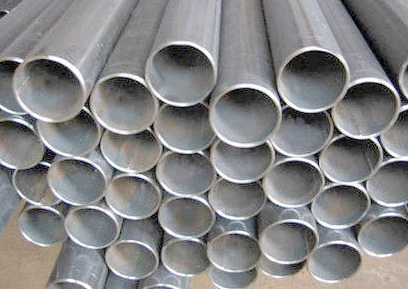What size is Schedule 40 stainless steel pipe?
In the realm of construction, plumbing, and industrial applications, Schedule 40 stainless steel pipe is a true workhorse. It boasts exceptional durability, corrosion resistance, and strength, making it the top choice for various projects. Yet, the burning question remains: What are the sizes available for Schedule 40 stainless steel pipes?
Schedule 40 stainless steel pipe stands out due to its composition, which incorporates stainless steel, renowned for its longevity and resistance to corrosion. This material quality is what sets Schedule 40 stainless steel pipe apart as a robust solution for countless applications, from residential to heavy-duty industrial.
Now, let's decipher the intricacies of size when it comes to Schedule 40 stainless steel pipe:
Nominal Size: The nominal size signifies the approximate size of the pipe according to the traditional North American standard. Common nominal sizes span from 1/8 inch to 12 inches.
Actual Size: The actual size may slightly vary from the nominal size. For instance, a 1-inch nominal size Schedule 40 stainless steel pipe typically possesses an outer diameter of 1.315 inches.
Wall Thickness: The "Schedule 40" nomenclature pertains to the wall thickness of the pipe. Schedule 40 pipes boast a specific wall thickness tailored to handle predetermined pressure levels. In the case of stainless steel, this results in a wall thickness of approximately 0.133 inches for 1-inch nominal size pipes.
Inner Diameter: The inner diameter of a Schedule 40 stainless steel pipe fluctuates in accordance with the nominal size and the wall thickness.
Understanding the size is pivotal due to its direct implications on your project. Opting for the correct size ensures the pipe's suitability for the intended purpose, be it fluid or gas transport, or structural construction. A size mismatch can lead to inefficiency, structural integrity issues, or increased maintenance requirements.
To navigate the complexities of size selection effectively, it is advisable to consult with a professional who can offer tailored guidance based on your specific project requirements.
Previous: >> What is Schedule 40 stainless steel? Next: >> What is the difference between Schedule 40 and 40s stainless steel pipe?







